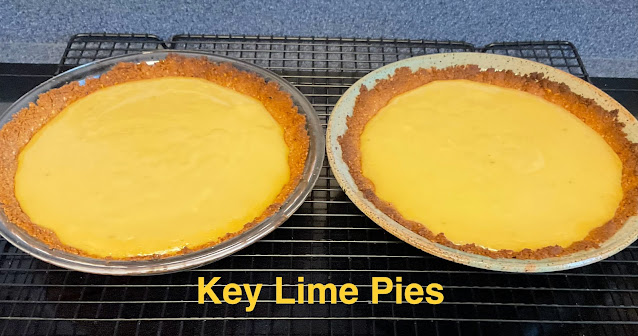Think about what it would mean to be enslaved — utterly enslaved — to a master/owner who detested you and everybody like you. Imagine the worst injustices, cruelties, and aggressions you would be subjected to by totally unrestrained bullys. Imagine how humiliated and angry and desperate you would be. Imagine also how you would feel if these outrages were perpetrated without restraint on your own family and those you loved. Imagine being aware that any response you made could not only result in more punishment and outrage against yourself, but also vast injustices against your family and fellow slaves, or even against enslaved people you didn’t know.
Have you tried to imagine all this? You haven’t come close to what Percival Everett’s brilliant and penetrating novel James can show you about how a slave owner (or any random white person) in pre-Civil-War America could demean a human being who was “owned” and destroy both body and spirit. The absolute power of whites over blacks, even free blacks, at that time is nearly unimaginable, but Everett forces the reader to visualize the horrors.
James, of course, is a retelling of Mark Twain’s masterpiece Huckleberry Finn. Mark Twain forced the reader to see slavery from the eyes of a naive boy with an innate sense of justice, despite his social background. James goes beyond the original for the modern reader because the author’s eyes are twentieth-century eyes; further, the author gives the character James a dual perspective, both as an educated man (self-educated) and as a helpless victim.
James is a totally different book, and totally different from most retold stories. Its power comes from the juxtaposition of two visions from two authors and two eras. Impressively, it also captures — and extends — Mark Twain’s humor. In both books, humor enriches and transforms the sadness embedded in the novel. At least that’s how I see it.
The book is a best-seller and award winner, so there are plenty of reviews that unlike this one actually summarize the plot and compare the two versions in detail.
Blog post © 2024 mae sander
 m
m










































